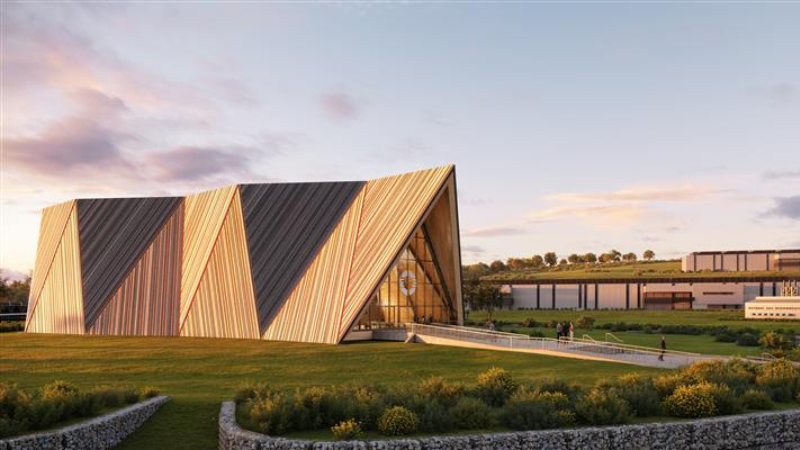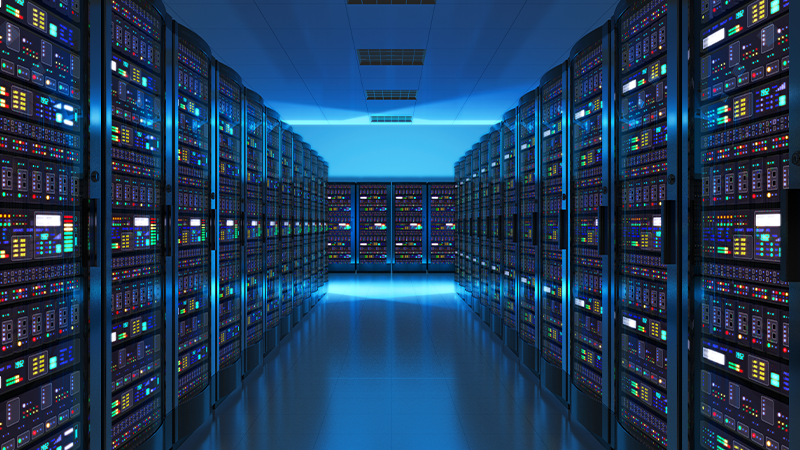Amid all the speculation around the potential of artificial intelligence, some priorities remain stupidly obvious, but levels of uncertainty are also unprecedented.
Some fundamental truths cut through.
“It’s the economy, stupid”, did so for presidential hopeful Bill Clinton in the early 1990s. The phrase, and the strategy behind it, allegedly helped the Democratic candidate become US president. Focusing on the economy, while painting opponent George H.W. Bush as out of touch, sealed the deal with US voters.
The upshot? Prioritizing economics is always a sensible strategy. Unless perhaps that is you happen to be a hyperscale data center operator in the mid-2020s. Some might argue that short term economics have been deprioritized in the current AI arms-race.
Billions are being spent on new capacity by large operators, and LLM owners, who believe that almost no price is too high to pay right now to achieve future AI supremacy. According to the Financial Times, spending on data centers will jump from $333bn in 2024 to about $1trn in 2030. More than 80 percent of that investment will go into AI-related infrastructure.
But that level of AI investment is not representative of the totality of data center owners and operators. For the vast majority, made up of smaller enterprise owned facilities, shorter term economics and cost control is still a key consideration.
Cost is the number one concern
For the last three years, costs have remained the number one concern for the 600+ data center operators recently surveyed by data center certification organization Uptime Institute. “Every time you do a survey like this, cost comes at or near the top,” says Andy Lawrence, executive director of research for Uptime Institute. “But let’s be under no illusion, the data center industry globally is kind of overheating. There is a huge inflation in terms of almost every category for lots of different reasons. Whether it’s power pricing, staffing pricing…these feed through to colocation prices which means enterprises are paying more.”
According to Lawrence, Uptime is hearing from more and more operators concerned about colocation price rises and rising energy costs. “I think it is not something to be taken lightly,” he says.
However, while cost is number one. Uncertainty is a close second, according to Uptime. Compared to previous years, the percentage of operators concerned about forecasting future data center capacity, increased by more than nine percent. “There is a great uncertainty about what the impact of AI is going to be, where it is going to be located,” says Lawrence.”
Power capacity uncertainty
That uncertainty also extends to power with power availability emerging as a new top concern. “It is in the news every day, grids across the world are struggling,” says Lawrence. “Not just to support data centers but to support electric vehicles, air-conditioning, decarbonization etc.”
One related issue highlighted by Uptime is that in some regions enterprise data center operators face the prospect of losing access to a power capacity if it is not fully utilized. “If you don’t use your power, you could lose it and I think that is why it is becoming more of a concern,” says Lawrence.
Losing access to existing power capacity threatens to exacerbate uncertainty by forcing operators to potential fast-track investments decisions or risk being blocked in from an energy perspective.
Bring your own nuclear power
Fortunately, for operators of a certain size and scale, new opportunities are emerging – so-called Bring Your Power (BYOP) options – for on-site generation from gas turbines to even nuclear power. Vertiv recently signed an agreement with Oklo Inc, an advanced nuclear technology company to give operators access to new power and cooling capacity. “As the demand for AI and high-performance computing continues to grow, nuclear energy is increasingly a discussion point for hyperscale, colocation, and other large data centers,” says Vertiv CEO Gio Albertazzi.
But while AI power demand is leading to some remarkable innovations, the reality for many operators is more cautious when it comes to data center investment including areas such as rack power density. AI is driving an increase in rack densities – with so-called AI pods forecast to potentially reach 1MW – but according to Uptime, average industry rack densities are only ticking up slowly. “If you look at the average rack densities people are using, it is definitely evolution not revolution,” says Jacqueline Davis, research analyst at Uptime. “It is going slowly; densification has yet to remake the data center.”
Rack densities only slowly rising
According to the Uptime data, the mean average rack density in 2025 is 7.6kW per rack, slightly up from 6.8kW in 2024. However, Uptime noted that there was an increase in the overall number of racks with a density of between 10kW and 30kW. “There is a still a huge installed base of low-density IT still running, serving critical purposes,” says Davis.
The Uptime survey examines a wide range of other industry drivers and trends from average power usage effectiveness metrics across the industry to the use of AI in data center management. A common theme remains the balance between long-term practical priorities – e.g. resiliency – and embracing future innovation and disruption.
Bill Clinton’s presidential bid may have been helped by a focus on essential truth: the economy, and costs, matters. But it was also shaped by an optimistic vision of the future while also being rocked by uncertainty and concerns over truth-telling. The data center sector in the era of AI is suffering from similar disparate forces. The degree of uncertainty is unprecedented and for some large operators, taking a calculated bet on a transformative AI future easily eclipses concerns over short-term economics. For the AI innovators, the other lesser-known motivational statement from Clinton’s campaign takes precedence: “Change vs more of the same”.
Access the full Uptime Survey at: Uptime Institute Global Data Center Survey Results 2025 - Uptime Institute







